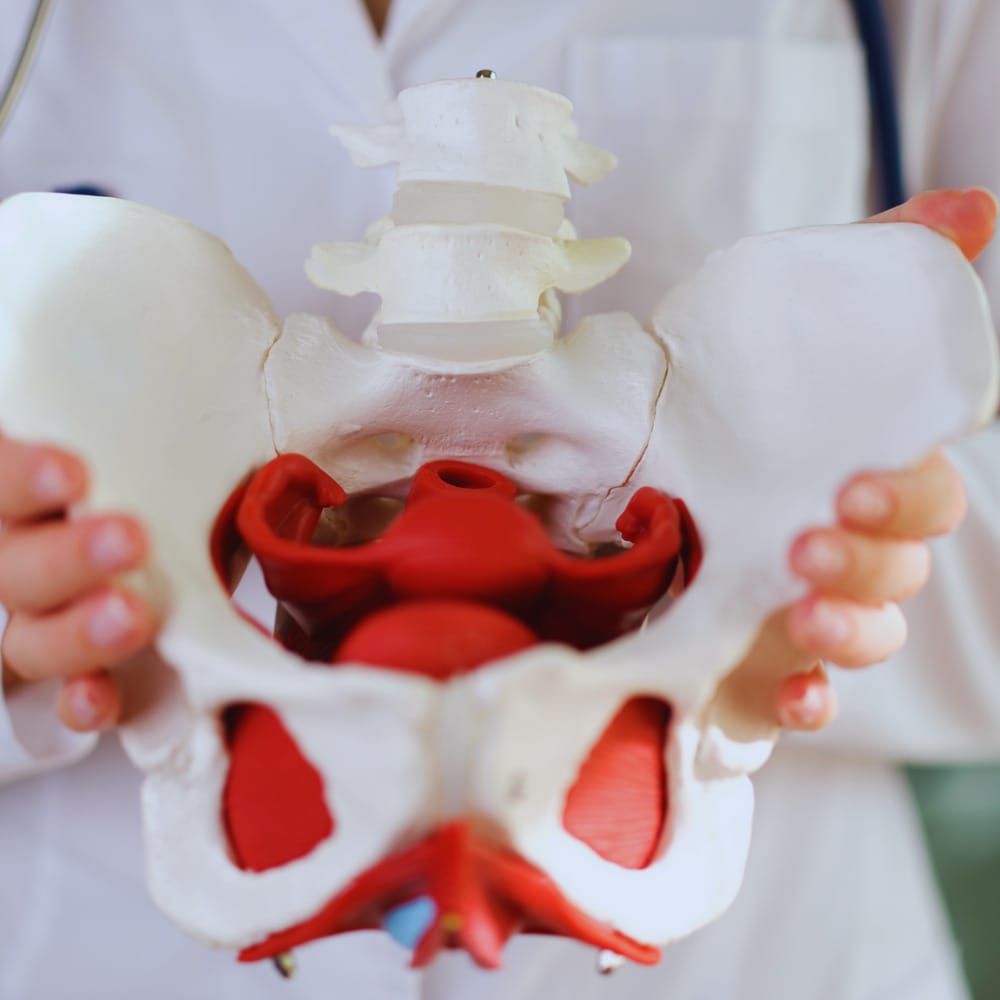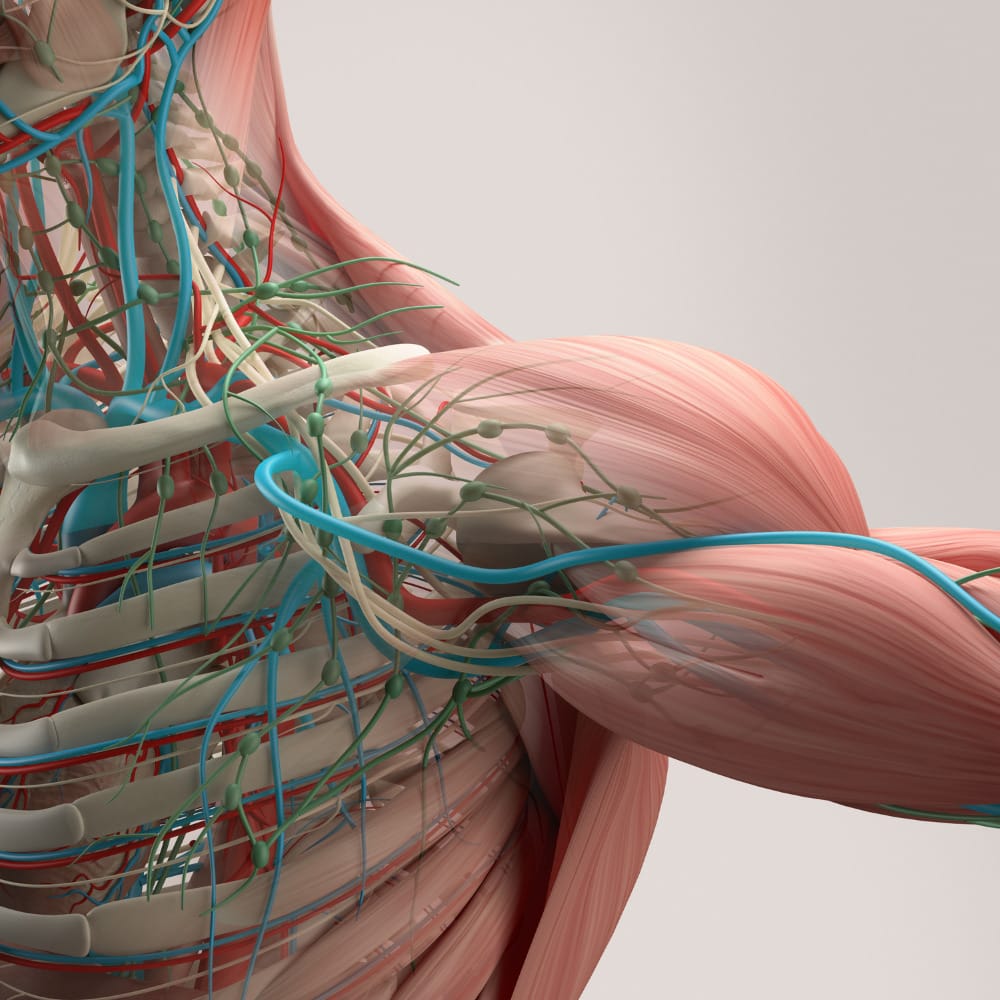Stacking Diaphragms: Understanding Posture and Movement
Stacking the diaphragms is a term used to describe the proper alignment and positioning of the different diaphragms in the body. These diaphragms include the respiratory diaphragm, pelvic diaphragm, and thoracic diaphragm. Proper diaphragm stacking is crucial for maintaining good posture and movement and promoting optimal health and wellness.
Definition of Stacking the Diaphragms
Stacking the diaphragms is often used to describe a method for the proper alignment and positioning of the different diaphragms in the body. ‘Stacking’ involves positioning the diaphragms in a way that allows for optimal function, minimizing pressure and tension in the body. The diaphragms play a crucial role in breathing, posture, and movement; stacking them correctly (one above the other) is essential for maintaining good health and well-being.

Importance of Proper Posture and Movement
Proper posture awareness and movement integration are important elements for overall health and wellness. They help to minimize stress and tension in the body, reduce the risk of injury, and improve athletic performance. Good posture also helps promote healthy breathing, as the diaphragms can function optimally when adequately stacked. Conversely, improper posture and movement can lead to a host of health issues, including pain, poor breathing, and reduced athletic performance.
What are Diaphragms?
Diaphragms are dome-shaped muscle membranes located in different body regions that play a crucial role in breathing, posture, and movement. The three main diaphragms present in the body are the respiratory diaphragm, pelvic diaphragm, and thoracic diaphragm.
Explanation of the Different Diaphragms in the Body
Respiratory Diaphragm

The respiratory diaphragm is a large muscle at the ribcage’s base that separates the thorax (chest) from the abdomen. It is the primary muscle used in breathing and is crucial in maintaining proper breathing patterns.
Pelvic Diaphragm

The pelvic diaphragm is a muscular structure located at the base of the pelvis that separates the pelvic cavity from the abdominal cavity. It is essential in maintaining pelvic stability by lifting and supporting the pelvic organs.
Thoracic Outlet "Diaphragm"

The thoracic outlet, metaphorically considered a “diaphragm,” provides stability and support to protect the surrounding structures, maintaining posture and reducing injury risk. Key components include scalene muscles, subclavius muscle, and pectoralis minor muscle. The proper function helps prevent issues like thoracic outlet syndrome (TOS).
How Diaphragms Play a Role in Posture and Movement
As mentioned earlier, the diaphragms play a crucial role in posture and movement as they help to support the spine and ribcage, maintain proper alignment, and control breathing patterns. Appropriate diaphragm function improves posture and stability, reducing the risk of pain and injury. Additionally, the diaphragms help regulate breathing patterns, which can significantly impact posture and movement. Therefore, by maintaining proper diaphragm function and stacking, individuals can improve their posture, reduce the risk of injury, and enhance athletic performance.
Stacking the Diaphragms
Stacking the diaphragms involves positioning the different diaphragms in the body in a way that allows for optimal function. This includes aligning the respiratory diaphragm, pelvic diaphragm, and thoracic diaphragm to minimize pressure and tension in the body. Proper diaphragm stacking helps to develop and maintain an appropriate posture, reduce the risk of injury, and enhance athletic performance.
How to Assess Diaphragm Stacking
A posture expert will provide a posture and physical examination to check how well all three diaphragms work together. They may use methods like observing your posture, using their hands to feel muscle tightness and imbalance, or taking images of your body.
Once they identify any issues with how well you are aligned, they can create a treatment plan tailored to your needs. For example, the plan may include breathing exercises to help improve your diaphragm function and alignment.
Professionals such as chiropractors, physical therapists, and many other posture specialists are trained to conduct detailed assessments and create a personalized plan to ensure you are effectively treated.
Benefits of Proper Diaphragm Stacking
Proper diaphragm stacking has numerous benefits for overall health and wellness. By maintaining the proper alignment and positioning of the different diaphragms in the body, individuals can experience improved breathing, posture, and athletic performance, while reducing the risk of pain and injury.
Alignment can provide several benefits, including:
- Improved breathing patterns, allowing individuals to take deep, relaxed breaths, reducing stress and promoting relaxation.
- Improved posture, resulting in reduced pressure and tension in the body, which can help reduce the risk of pain and injury and improve overall comfort.
- Reduced pain and injury by helping to relieve pressure and tension in the body. This can be especially beneficial for individuals who spend most of their day sitting or performing repetitive movements.
- Enhanced athletic performance by improving posture and breathing, allowing individuals to maximize their strength, power, and endurance.
Tips for Improving Diaphragm Stacking
Improving diaphragm stacking involves focusing on the proper alignment and positioning of the different diaphragms in the body. This focus can be achieved through breathing exercises, stretching and strengthening exercises, and incorporating mindfulness and body awareness.
Diaphragm Breathing Exercises
Performing diaphragm breathing exercises can help improve diaphragm function and stacking. This can be done by focusing on deep, slow breaths and paying attention to the movement of the diaphragm.
Stretching and Strengthening Exercises
Stretching and strengthening exercises can help by reducing tension and pressure in the body. This can be done by performing exercises targeting the abdominal (core), back, and hip muscles. Examples of stretching and strengthening exercises include yoga, Pilates, and core strengthening exercises.
Incorporating Mindfulness and Body Awareness
Incorporating mindfulness and body awareness can help improve diaphragm stacking by assisting individuals to understand and become more aware of their posture and breathing patterns. Practicing mindfulness exercises, such as meditation, and paying close attention to the position and movement of the body during daily activities can assist you.
Improving diaphragm stacking involves a combination of breathing exercises, stretching and strengthening exercises, and incorporating mindfulness and body awareness. By focusing on proper alignment and positioning of the different diaphragms in the body, you can improve diaphragm function, minimize pressure and tension, and experience numerous benefits, including improved posture and athletic performance and reduced pain and injury.
The Importance of Postural Muscles in alignment and well-being

In addition to the diaphragms, postural muscles are crucial in maintaining proper alignment and promoting optimal health and wellness. Postural muscles support the body’s weight and maintain proper alignment during daily activities. These include the deep spinal, abdominal (core), and hip muscles.
The proper function of these postural muscles is essential for maintaining adequate diaphragm stacking and minimizing pressure and tension in the body. Conversely, when postural muscles are weak or imbalanced, they can negatively impact diaphragm function and lead to pain, injury, and poor health outcomes.
Strengthening postural muscles through specific exercises and techniques can improve how the diaphragms stack, posture, and overall health. Examples (as already mentioned) of forms of activities that can help enhance postural muscles include Pilates, yoga, and specific resistance training exercises.
Incorporating postural awareness into daily life can also help improve diaphragm function and overall health. For example, maintaining good posture awareness while sitting and standing, avoiding slouching, and using proper lifting techniques can all help strengthen postural muscles and promote overall well-being.
The Importance of Pelvic, Rib Cage, and Shoulder Girdle Alignment in Diaphragm Stacking
Proper alignment of the pelvis, rib cage, and shoulder girdle is essential for maintaining adequate diaphragm stacking and promoting optimal health and wellness. These structures work together efficiently to support the body’s weight, control movement, and facilitate proper breathing.
The pelvis serves as the body’s base, supporting the upper body’s weight and providing a stable foundation for movement. The rib cage protects the vital organs and houses the respiratory diaphragm, which separates the thorax from the abdomen and plays a crucial role in breathing. Finally, the shoulder girdle supports the arms, shoulders and upper body, facilitating movement and controlling posture.
When these structures are not correctly supported and aligned, it can negatively impact diaphragm function and lead to pain, injury, and poor health outcomes. For example, an anterior pelvic tilt, where the pelvis (hips) is tilted forward, can increase tension in the respiratory diaphragm, leading to shallow breathing and reduced oxygenation (the lungs capacity to take in air). Similarly, a forward head posture can put increased pressure on the thoracic outlet, leading to thoracic outlet syndrome (TOS) and reduced diaphragm function.
As mentioned earlier, appropriate pelvis, rib cage, and shoulder girdle alignment can be achieved through specific exercises and techniques focusing on improving mobility, stability, and posture.
Other Factors Impacting Diaphragm Stacking and Health
In addition to specific exercises, equipment and techniques for improving diaphragm stacking, other factors can impact diaphragm function and overall health. Here are some important considerations:
The importance of diaphragm stacking in preventing and managing specific conditions: Proper diaphragm alignment and function can help prevent and manage conditions such as lower back pain, pelvic pain, diastasis recti, incontinence, and prolapse. By maintaining proper diaphragm positioning, individuals can minimize the risk of developing these conditions.
The role of the nervous system in diaphragm function: The autonomic nervous system controls the diaphragms, which means that stress and anxiety can affect their function. Stress management techniques such as deep breathing and relaxation exercises can improve diaphragm function and stacking, leading to better health outcomes.
The impact of lifestyle factors on diaphragm stacking: Poor posture and movement habits, sedentary behavior, and excessive sitting can negatively impact diaphragm stacking. Therefore, it is essential to incorporate movement and postural breaks throughout the day and avoid prolonged periods of sitting. Maintaining a healthy lifestyle that includes regular exercise, a balanced diet, and adequate rest is also crucial for diaphragm function and overall health.
The role of footwear and clothing in diaphragm stacking: Wearing high heels or tight-fitting clothing can affect alignment and function. Wearing supportive shoes and comfortable clothing that allows for proper movement and alignment can improve diaphragm stacking and promote better health.
Incorporating these factors into daily life can help improve diaphragm function and overall health and wellness. By maintaining proper diaphragm alignment and function, individuals can experience improved breathing, posture, and athletic performance while reducing the risk of pain and injury.
Conclusion
Finally, proper diaphragm stacking is important to overall health and well-being. The different diaphragms in the body, including the respiratory, pelvic, and thoracic diaphragms, play a critical role in posture, breath and movement. Therefore, by maintaining proper alignment and positioning of these diaphragms, individuals can experience numerous benefits, including improved breathing, posture, and athletic performance, while reducing the risk of pain and injury.
Incorporating breathing exercises, stretching and strengthening exercises, mindfulness, and body awareness can help improve diaphragm stacking and overall health and wellness.
PLEASE NOTE
PostureGeek.com does not provide medical advice. This information is for educational purposes only and is not intended to be a substitute for professional medical attention. The information provided should not replace the advice and expertise of an accredited health care provider. Any inquiry into your care and any potential impact on your health and wellbeing should be directed to your health care provider. All information is for educational purposes only and is not intended to be a substitute for professional medical care or treatment.
